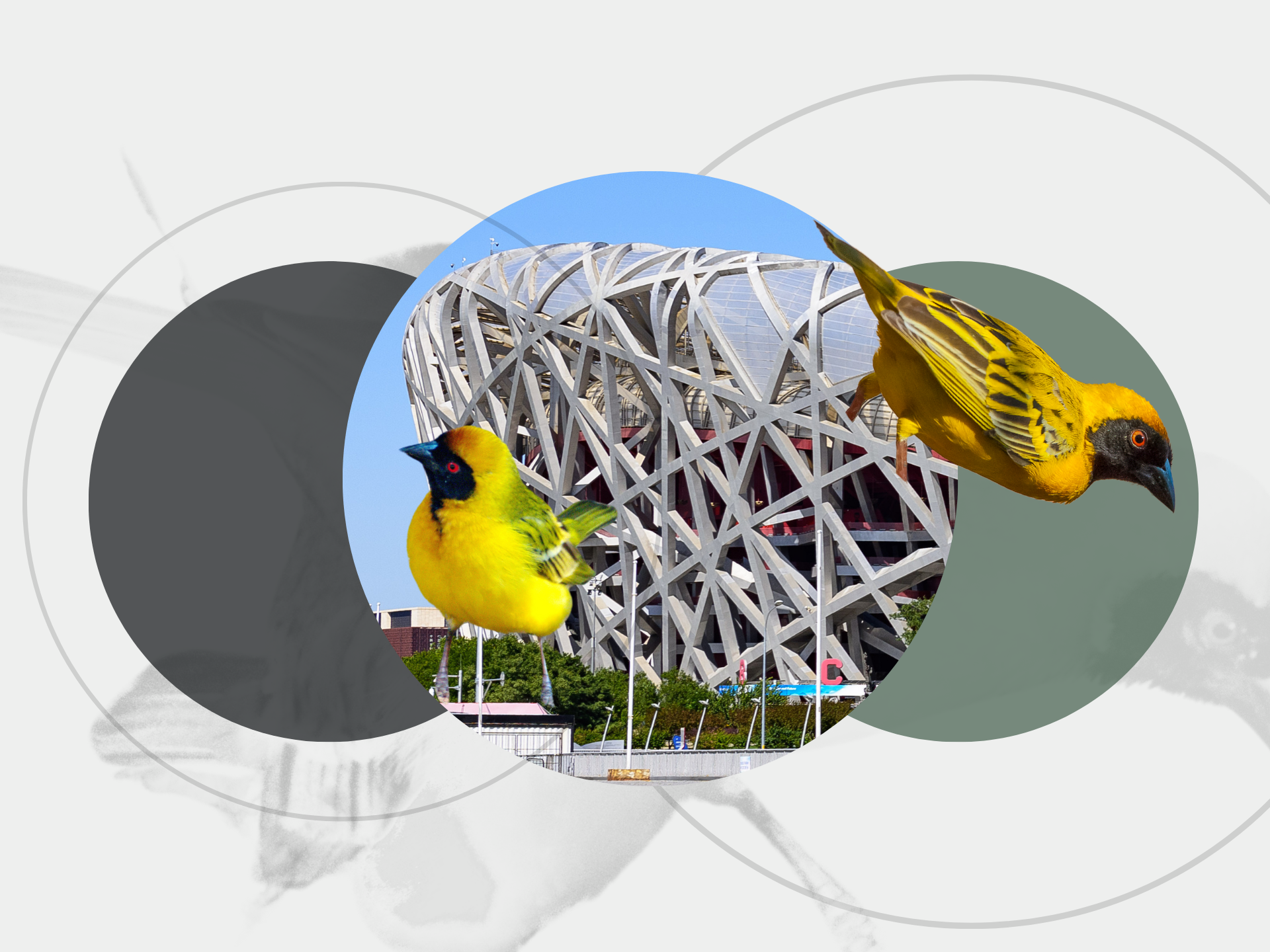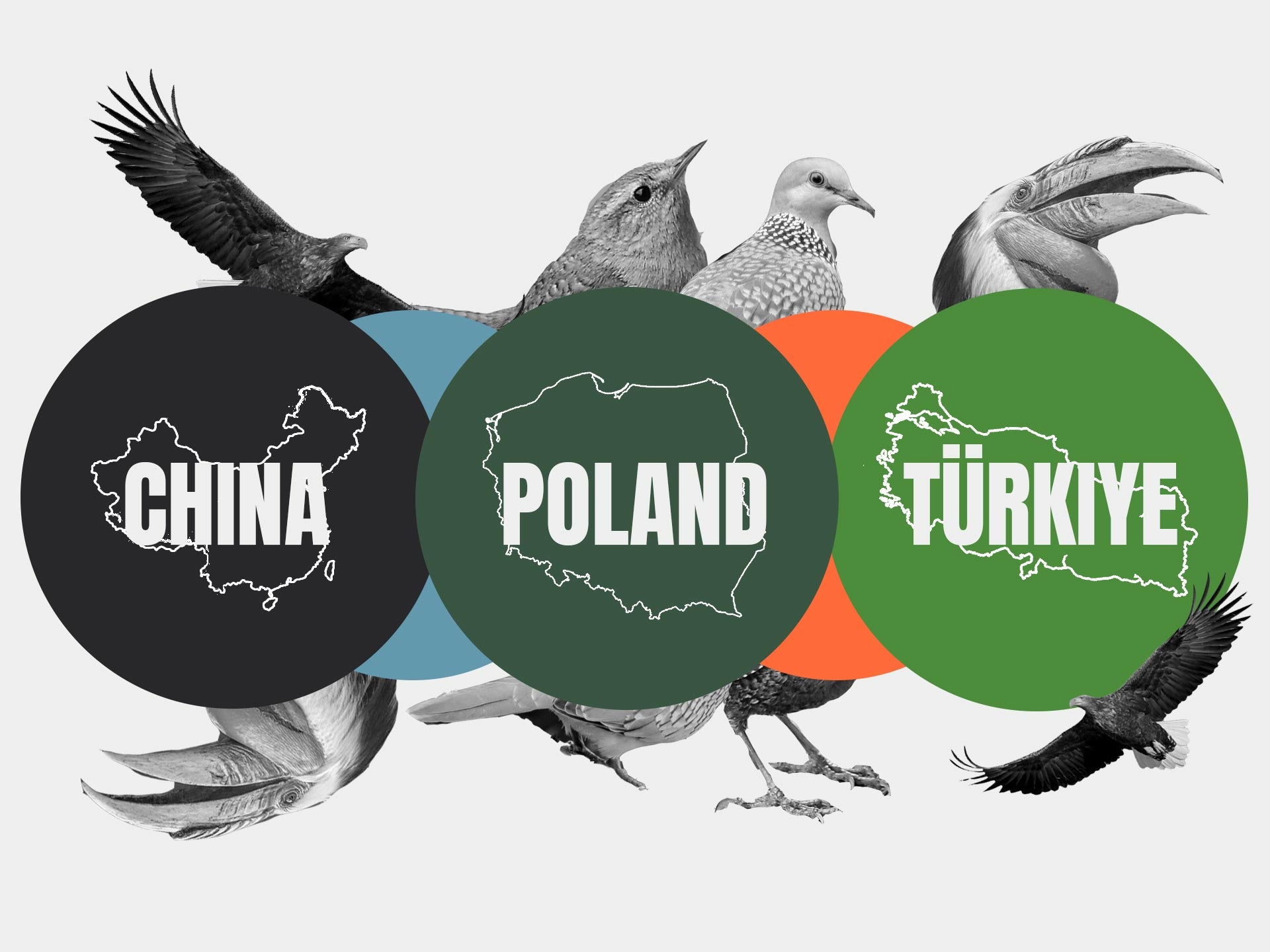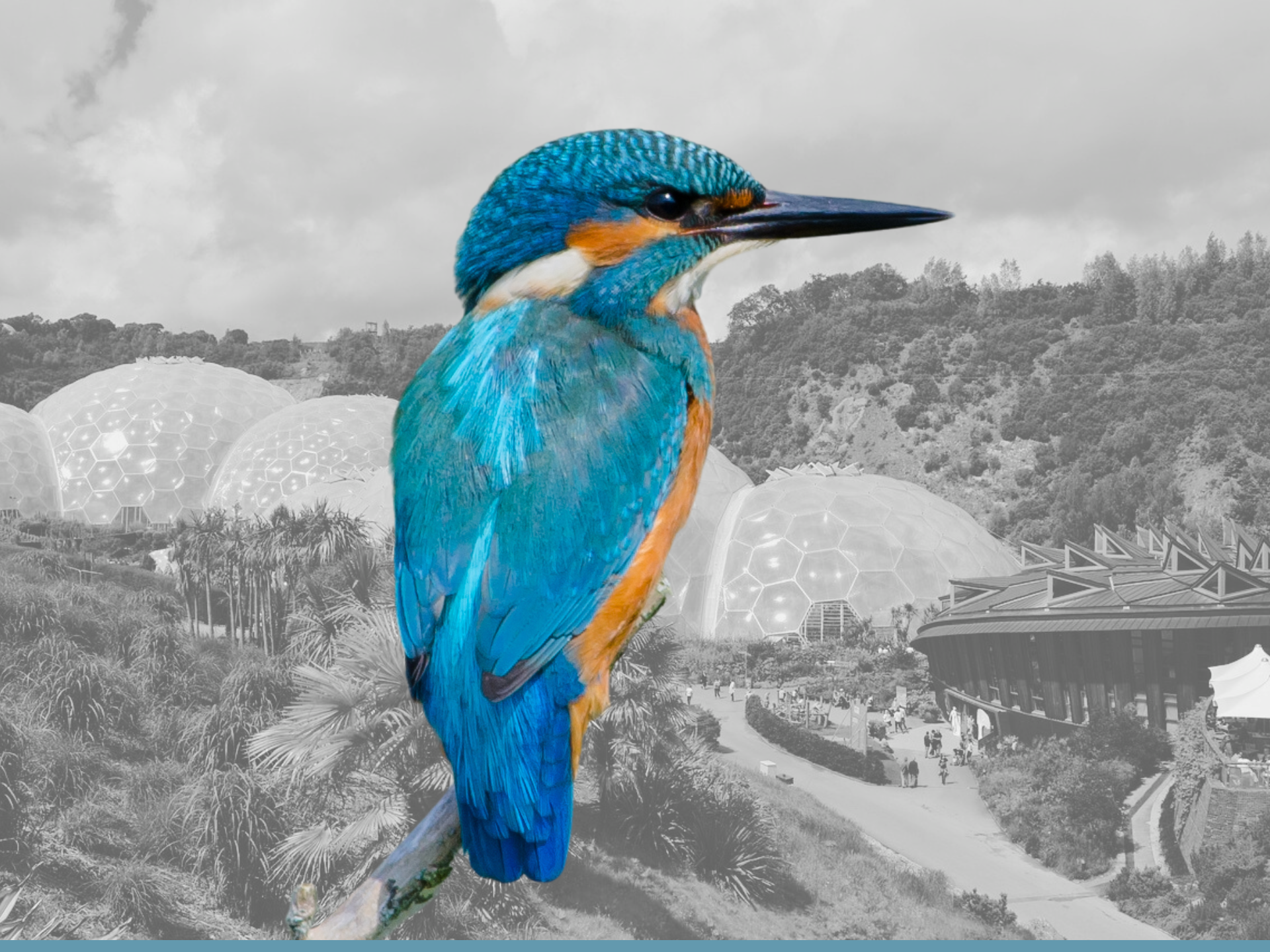
Nature’s Architects - How Bird Nests Inspire Architecture - Part One
[Estimated read: 4 minutes]
For centuries, birds have influenced the world of built-form. They are, after all, nature’s master architects, crafting intricate nests and structures that blend function, beauty, and sustainability.
In this first instalment of our Avian Journals, we explore remarkable examples of bird-inspired architecture. We'll examine how both human and bird architects design structures that respond remarkably to their environment.
Like good architecture, bird nests respond directly to their environment. Birds continually innovate, inspiring many architects and engineers with their clever and sustainable designs.
Beijing National Stadium ("Bird's Nest") - Beijing, China
Whether the inspiration for Beijing’s famous stadium came directly from bird nests or traditional Chinese art remains debated. Either way, it’s a fascinating example of sustainable architecture inspired by birds.
Articles suggest that the name in fact emerged later, as the public and media observed its resemblance to an intricately crafted nest, a metaphor for nature's craftsmanship intertwined with human engineering. What transpired, perhaps hindsight, was a design that resembled a nest, symbolising the idea of shelter and unity.
Architects Herzog & de Meuron and Chinese architect Li Xinggang designed the stadium’s striking interwoven steel framework. This intricate pattern resembles twigs in a nest, symbolizing shelter, unity, and nature's craftsmanship combined with human innovation.
Key Sustainable Features Inspired by Birds:
- Interwoven Framework: Mimics the random yet durable structure of bird nests.
- Natural Ventilation: Airflow optimisation similar to bird nests for environmental comfort.
- Earthquake Resistance: Flexible structure providing strength and stability.
- ETFE Membranes: Lightweight material allowing natural lighting and energy efficiency.
This extraordinary building stands as a testament to biomimicry, where nature's design principles inspire modern architecture. Completed for the 2008 Summer Olympics, the stadium remains a global symbol of bird-inspired architecture.

Image Credit: Creative Commons Attribution-Share Alike 4.0 International
Southern Masked Weaver: Avian Master of Sustainable Architecture
The Southern Masked Weaver, a resident throughout open savanna and semi-arid areas of southern Africa, is known for its impressive home-building skills and wasn't the result of 6 years committed study.
The male weaver creates up to 25 nests each season, weaving them from materials like reed and grass. The nests are designed to be both secure and functional, often placed over water to avoid predators. These intricately crafted nests serve as a display of the male's quality, with females choosing mates based on the best-made structures.

Photo Credit - Animalia
Construction begins with the selection of a suitable branch or tree, often near water, and weaving materials like grass, reeds, and palm fronds. The materials are weaved in a complex, tight pattern, with the structure designed to be both strong and flexible.
Typically, the build starts with a rough, hanging framework and then the facade takes shape by adding materials, ensuring it is secure enough for a female to inspect.
If she approves, she will take up the interior design of the nest, lining it with softer materials like feathers and grass to provide a comfortable space for her eggs.
The nests are often spherical with a side entrance, providing protection and a sense of security for the young birds once hatched. Its pure genius!
This is article one of a series of Birds: Nature’s Architects. Sign up to Feathergram for more.




Leave a comment
This site is protected by hCaptcha and the hCaptcha Privacy Policy and Terms of Service apply.